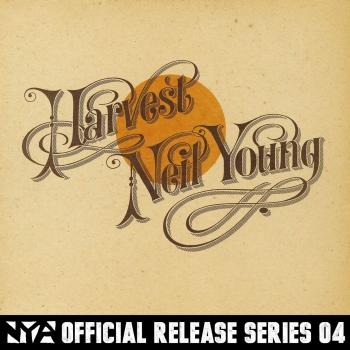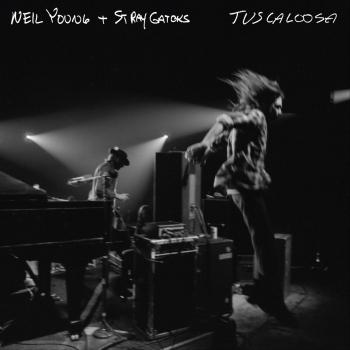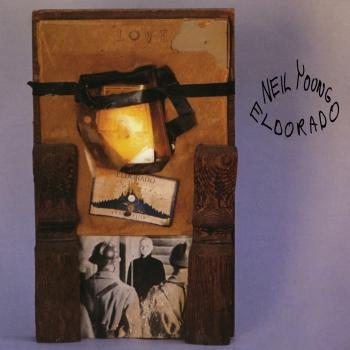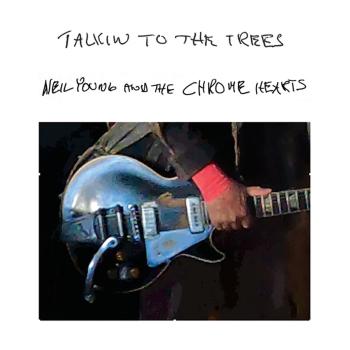
After the Gold Rush (Remastered) Neil Young
Album Info
Album Veröffentlichung:
1970
HRA-Veröffentlichung:
04.11.2016
Das Album enthält Albumcover
Entschuldigen Sie bitte!
Sehr geehrter HIGHRESAUDIO Besucher,
leider kann das Album zurzeit aufgrund von Länder- und Lizenzbeschränkungen nicht gekauft werden oder uns liegt der offizielle Veröffentlichungstermin für Ihr Land noch nicht vor. Wir aktualisieren unsere Veröffentlichungstermine ein- bis zweimal die Woche. Bitte schauen Sie ab und zu mal wieder rein.
Wir empfehlen Ihnen das Album auf Ihre Merkliste zu setzen.
Wir bedanken uns für Ihr Verständnis und Ihre Geduld.
Ihr, HIGHRESAUDIO
- 1 Tell Me Why 02:59
- 2 After The Gold Rush 03:47
- 3 Only Love Can Break Your Heart 03:10
- 4 Southern Man 05:31
- 5 Till The Morning Comes 01:28
- 6 Oh, Lonesome Me 03:50
- 7 Don't Let It Bring You Down 03:00
- 8 Birds 02:33
- 9 When You Dance I Can Really Love 03:46
- 10 I Believe In You 03:27
- 11 Cripple Creek Ferry 01:34
Info zu After the Gold Rush (Remastered)
„After the Gold Rush“ mixes up the hard rock of „Everyone Knows This Is Nowhere“ and the folk and country leanings Young pursued with Crosby, Stills And Nash in one of his most eclectic and satisfying releases. The acoustic picking on the opener, "Tell Me Why," frames Young's vulnerable warble beautifully, signaling the softer aspect of the album. But the electric crunch of "Southern Man," a raging tour de force protest song that captures the special chemistry between Young and backing group Crazy Horse, balances Young's sensitivity with aggression and amplification.
The album continues its collage of styles, from the wistfulness of "Only Love Can Break Your Heart" to song fragments like "Til the Morning Comes" to the transformation of Don Gibson's "Oh Lonesome Me" from canter to ballad. But the crowning achievements are the album's magnificent title track, a vividly drawn portrait of post-'60s melancholy, and the gorgeous, aching "Birds," a swan song heralding emotional departure. Both songs are graced by Nils Lofgren's delicate piano, and stand as two of Young's finest compositions. In a catalogue filled with rock classics, „After the Gold Rush“ still ranks among the best.
„In the 15 months between the release of Everybody Knows This Is Nowhere and After the Gold Rush, Neil Young issued a series of recordings in different styles that could have prepared his listeners for the differences between the two LPs. His two compositions on the Crosby, Stills, Nash & Young album Déjà Vu, "Helpless" and "Country Girl," returned him to the folk and country styles he had pursued before delving into the hard rock of Everybody Knows; two other singles, "Sugar Mountain" and "Oh, Lonesome Me," also emphasized those roots. But "Ohio," a CSNY single, rocked as hard as anything on the second album. After the Gold Rush was recorded with the aid of Nils Lofgren, a 17-year-old unknown whose piano was a major instrument, turning one of the few real rockers, "Southern Man" (which had unsparing protest lyrics typical of Phil Ochs), into a more stately effort than anything on the previous album and giving a classic tone to the title track, a mystical ballad that featured some of Young's most imaginative lyrics and became one of his most memorable songs. But much of After the Gold Rush consisted of country-folk love songs, which consolidated the audience Young had earned through his tours and recordings with CSNY; its dark yet hopeful tone matched the tenor of the times in 1970, making it one of the definitive singer/songwriter albums, and it has remained among Young's major achievements.“ (William Ruhlmann, AMG)
Ranked #71 in Rolling Stone's "500 Greatest Albums Of All Time" - "...An album of heartbreaking ballads....The music is gentle..." (Rolling Stone)
Neil Young, guitar, piano, harmonica, vibes, lead vocals
Danny Whitten, guitar, vocals
Nils Lofgren, guitar, piano, vocals
Jack Nitzsche, piano
Billy Talbot, bass
Greg Reeves, bass
Ralph Molina, drums, vocals
Stephen Stills, vocals
Bill Peterson, flugelhorn
Recorded Winter 1969 – June 1970 at Sunset Sound, Hollywood; Sound City, Van Nuys, Los Angeles
Redwood Studios, Topanga
Engineered by Tim Mulligan
Produced by Neil Young, David Briggs with Kendall Pacios
Digitally remastered
Keine Biografie vorhanden.
Dieses Album enthält kein Booklet


















